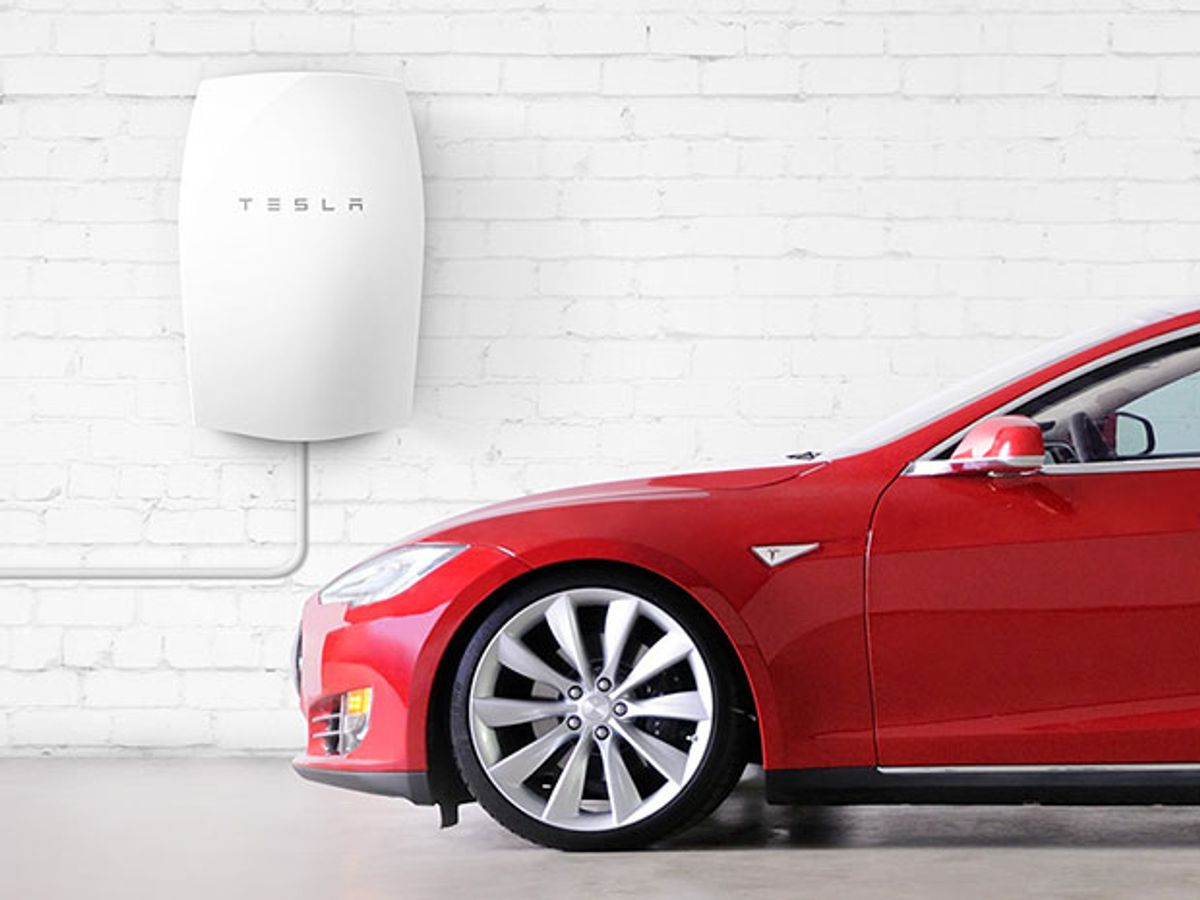With all the news Tesla Motors makes, you might be excused for thinking that lithium-ion batteries are the answer to all the world’s energy storage needs—even storing wind and solar energy on the electricity grid.
But, as noted before, companies with new grid-scale battery chemistries are emerging to fill what had been a growing void. The U.S. Department of Energy’s Advanced Research Projects Agency-Energy (ARPA-E) has supported grid battery R&D to the tune of $85 million in research grants since 2009. And even as companies pitching the latest in large-scale energy storage appear in the marketplace today, ARPA-E continues to press ahead with research into even cheaper, safer, more powerful, and longer lasting grid storage.
Last month, for example, ARPA-E announced US $37 million in funding for research into a new class of solids in which some ions are mobile and thus can store and conduct energy.
The announcement follows up on the 2011 discovery of ion-conducting solids. In fact, the Japanese team that discovered the material noted in the paper documenting the discovery that it could act as a solid, non-volatile, and non-explosive battery electrolyte.
According to Paul Albertus, head of ARPA-E’s new Integration and Optimization of Novel Ion Conducting Solids, (IONICS) initiative, ion-conducting solids have at least two possible applications in the field of grid-scale batteries. The first, he says, is a more powerful and less volatile traditional rechargeable battery, like a next-generation Tesla Powerwall.
Albertus says research that IONICS underwrites will “help lead to batteries that, while having high energy density, nevertheless have improved intrinsic safety compared with today’s lithium ion batteries, because they will include a solid separator rather than one filled with a liquid electrolyte. The presence of the liquid electrolyte is a key reason for the fires that periodically occur in lithium ion batteries.”
The largest of IONICS’s solid-electrolyte grants, for $5.25 million, went to the Berkeley, Califorina-based company PolyPlus. A 2014 patent awarded to PolyPlus describes in detail the company’s approach to making lithium-based batteries with glass or ceramic as the electrolyte. The company’s website says its battery’s stability and light weight suggest initial applications providing portable power for remote sensors and for soldiers in the field.
A second application for the new materials, Albertus says, involves solving a longstanding problem in flow batteries, probably the gold-standard grid battery technology today. Flow batteries, like the current-generation of vanadium and iron-based batteries ARPA-E has helped develop, use a liquid electrolyte on the cathode side and a liquid electrolyte on the anode side. Both solutions can be scaled up by simply adding more tanks of electrolyte. This cheap and easy expandability is one of the main selling points for energy storage banks that need enough flexibility to power an entire neighborhood or office park during nights or cloudy or windless days.
One of the essential ingredients for any flow battery, says Albertus, is the membrane that separates the electrolyte on the cathode side from that on the anode side. It should selectively let ions pass, but shouldn’t facilitate any reactions that might degrade the battery materials, change electrolyte’s pH, or reduce the battery’s performance. For most materials, though, this is too tall an order.
“The chemistries of today's flow batteries are limited by the selectivity of the membrane,” Albertus says. “When the active materials pass through the membrane, they can react in a reversible or irreversible manner. Current membranes are not very selective, limiting the active materials to chemistries with the same element on both sides of the membrane such as the all-vanadium flow battery. Even a tiny amount of crossover—say, 0.01 percent per cycle—over the course of 5000 cycles leads to unacceptably high degradation. If the membrane had higher selectivity, a new paradigm allowing the use of a far wider range of active materials would be enabled, especially those that are less expensive, such as iron and chromium.”
With that in mind, ARPA-E, through IONICS, awarded $2.7 million to East Hartford, Conn.–based United Technologies Research Center for a flow battery with solid ion membranes that the company says could make flow batteries cheaper and more durable. ARPA-E also awarded $1.5 million to the Colorado School of Mines to develop a “hybrid polymer” membrane that the research team says could “offer a highly selective, robust solution for the production of flow batteries at a price point that allows their affordable integration into the power grid.”
In other words, says Albertus, ARPA-E’s latest research effort into grid-scale batteries could solve one of the crucial outstanding problems in flow batteries: making the perfect separator for a cheaper, more stable, and longer-lasting system.
“The goal for the IONICS program is a per-cycle selectivity of 99.995 percent, dramatically higher than existing membranes,” he says. “Which in turn have better selectivity than simple porous membranes. A specific goal of the IONICS program is to make sure that, even as researchers develop membranes that have higher selectivity, they pay careful attention to ensure their membranes are also stable, highly conductive, and low cost at the production volumes flow batteries may achieve in the next 10 to 15 years.”
Margo Anderson is the news manager at IEEE Spectrum. She has a bachelor’s degree in physics and a master’s degree in astrophysics.



